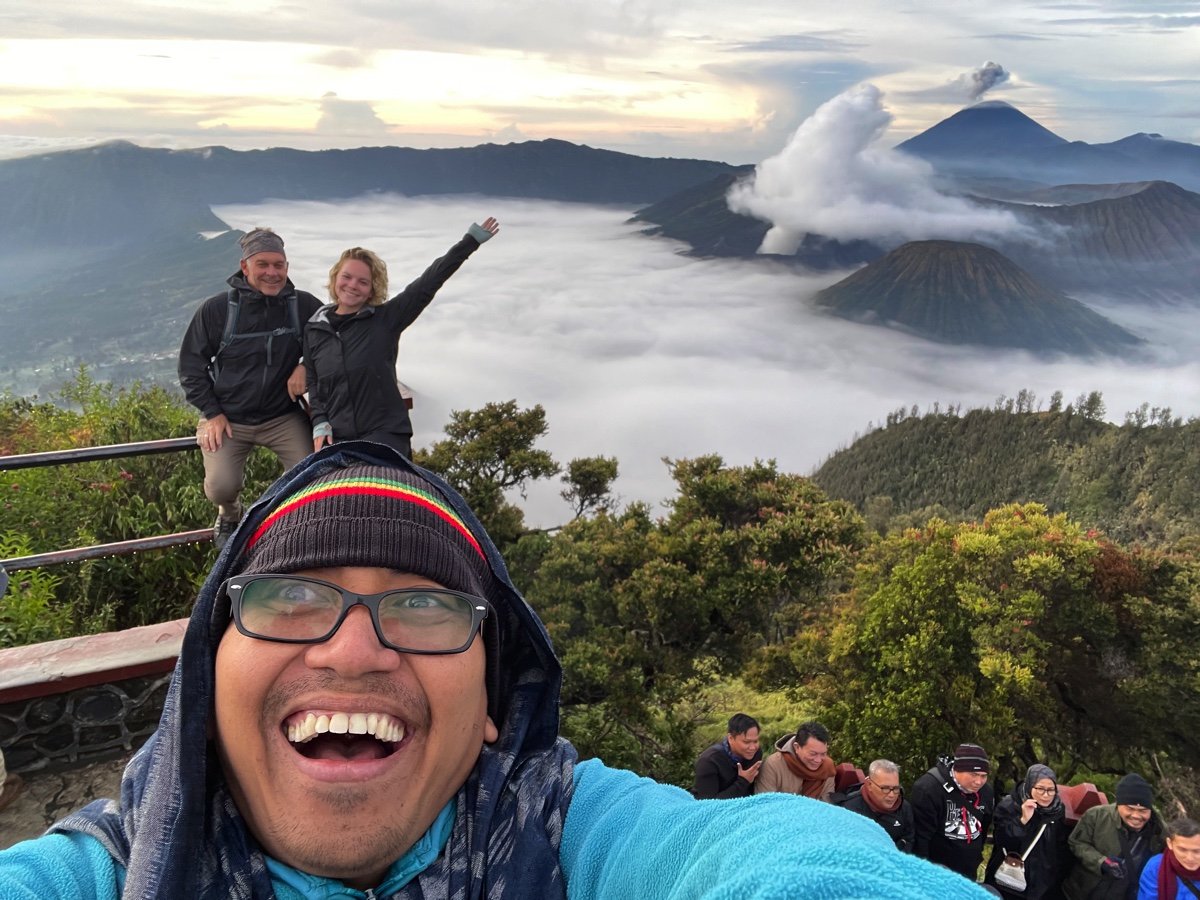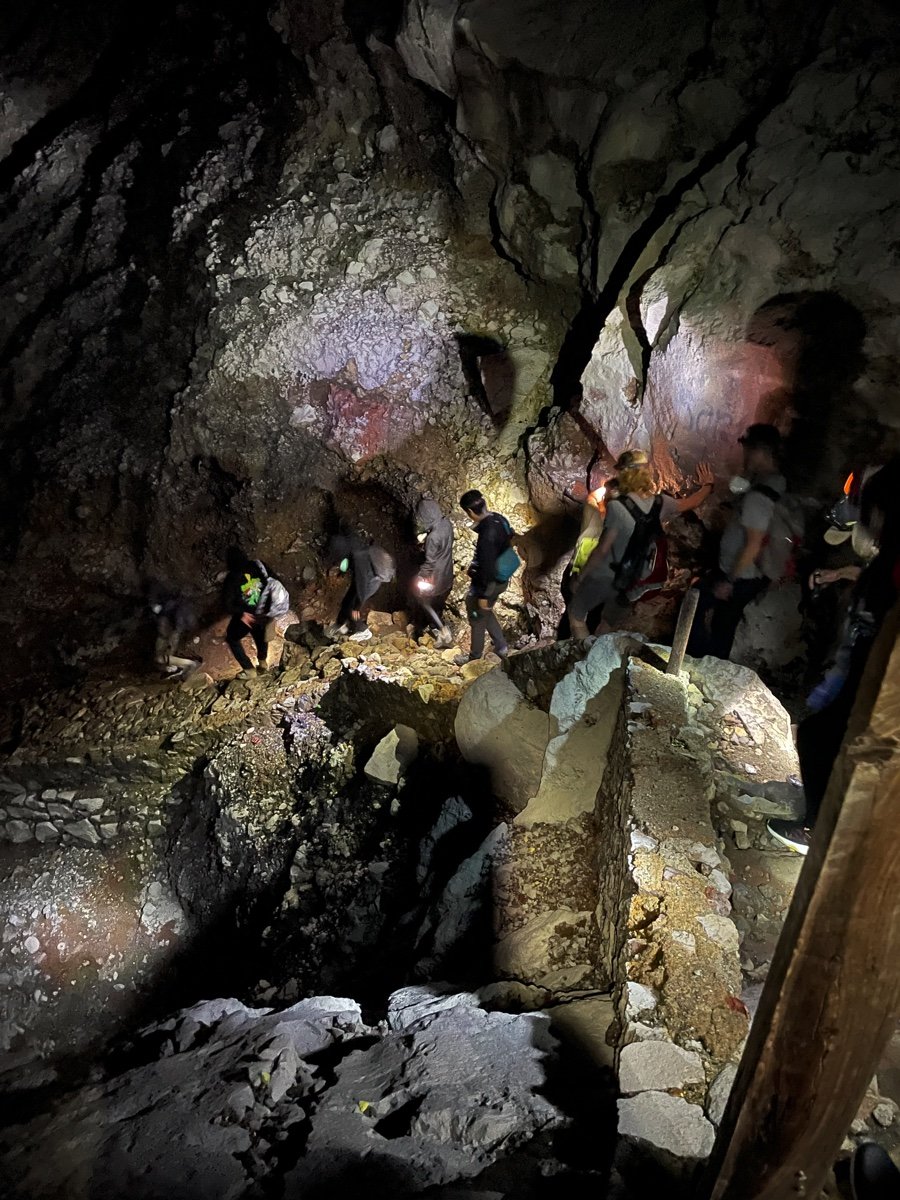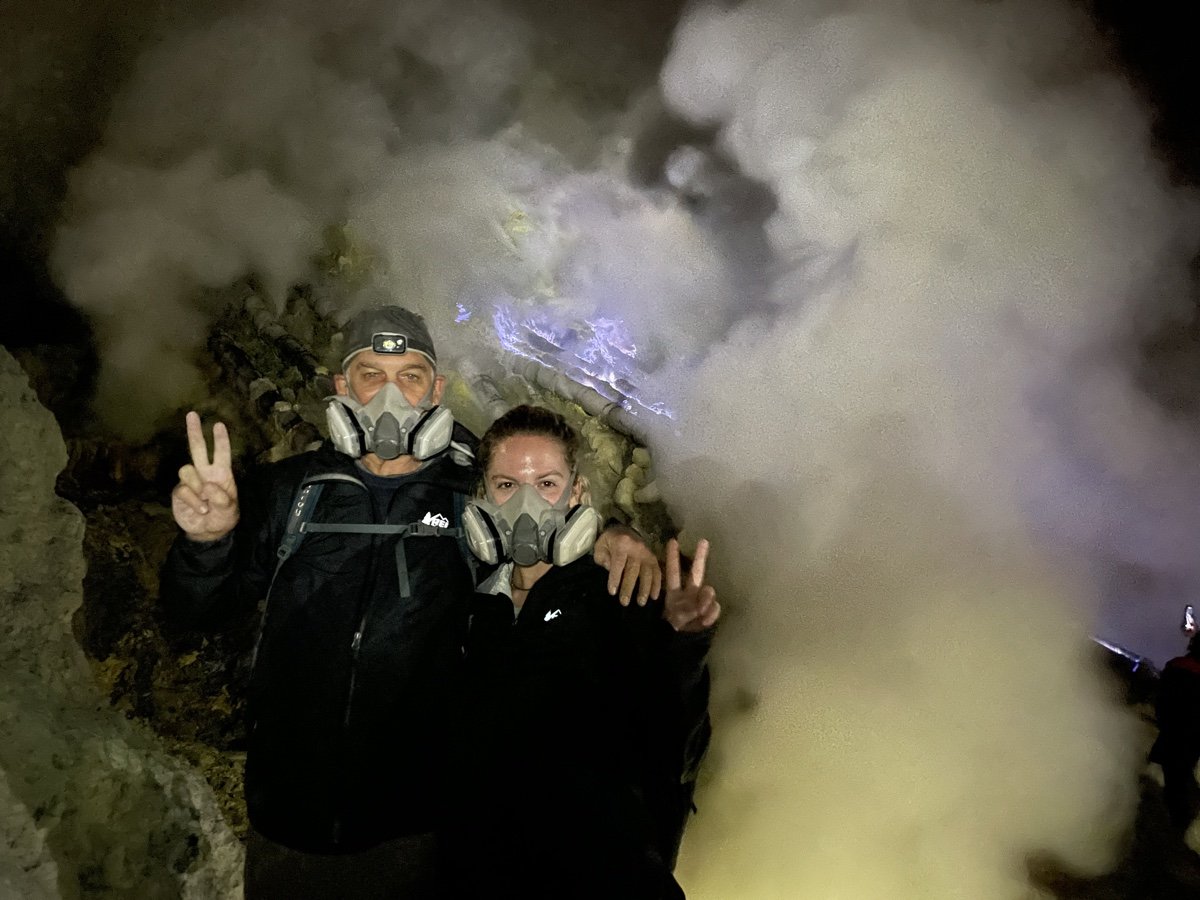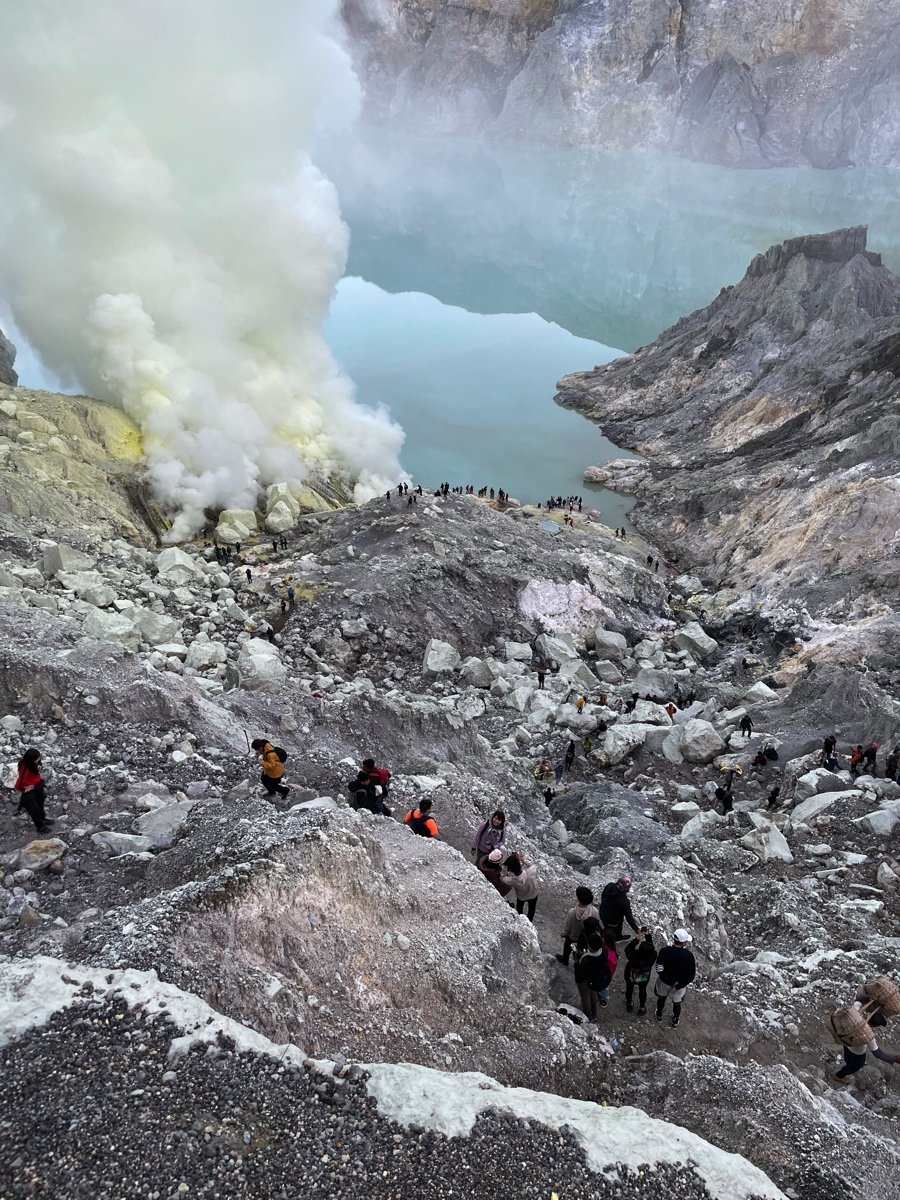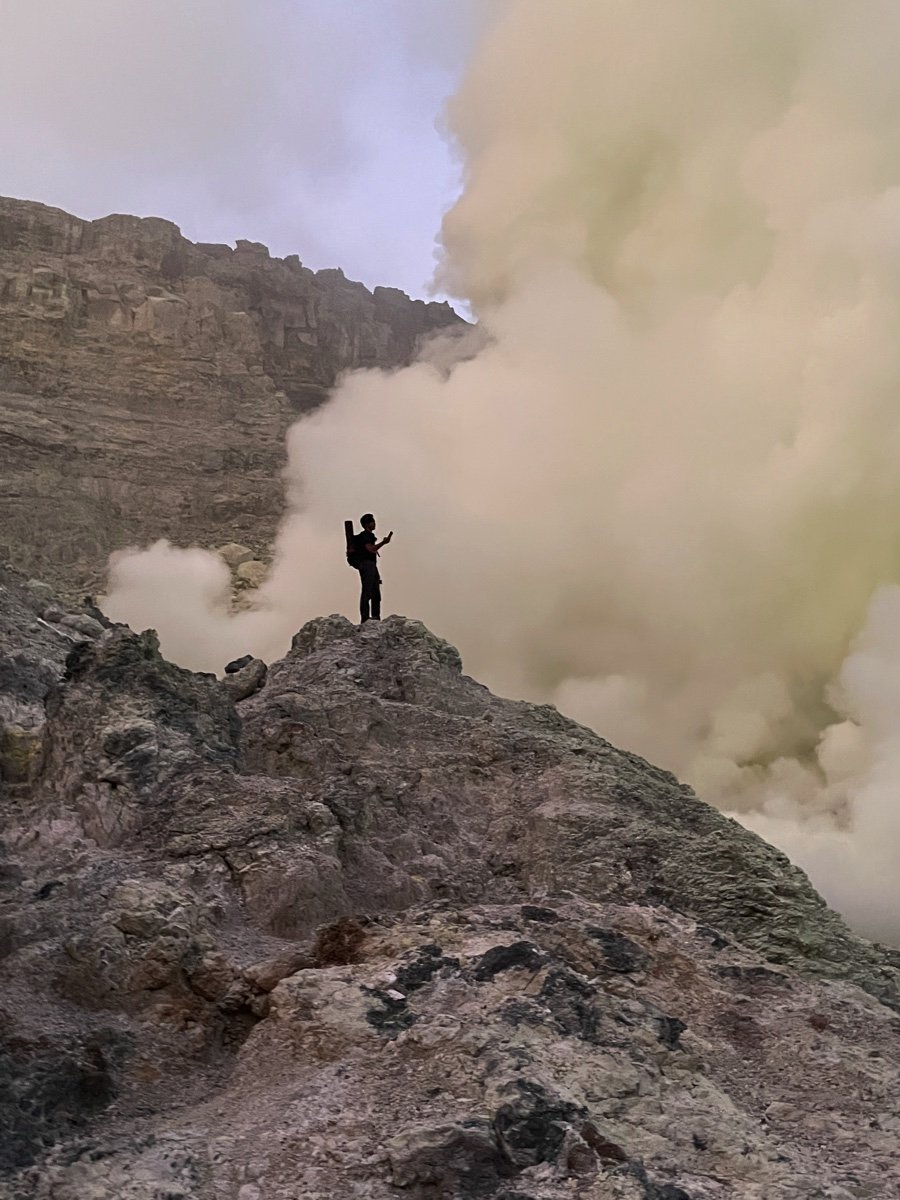The Dancing flames of Mt. Ijen
1 AM. My eyes peaked open. Awful early to get up.
I’ve done enough sunrise treks to know that getting up early was the price you pay for a sunrise adventure. But this was new territory. A few hours earlier as I got ready for bed, I wondered if I should even go to sleep. Maybe just stay up.
But here we were in a village near Mt Ijen, a volcano in eastern Java, Indonesia. Our quest was to hike the trail up to the ridge, then scramble down to the crater below.
But really we were there to see the dancing flames.
My daughter Summer and me had started our travels six weeks earlier in Bali. We were now spending two weeks on the main island of Java with our guide Yudi, a sweet man with a boyish smile. Like so many other people we met in Indonesia, he was generous, open and friendly.
On this particular day he was giving us a pep talk, telling us that the hike was “a little” steep in parts, but wasn’t that difficult. Did I mention that Indonesians like to twist the truth?
Yudi photo-bombing a shot at Mt. Bromo
But this was Mt. Ijen. When you google/research things to do in Java (as you should before you go), hiking this famous crater is on most every list. It is known as having the largest acid lake on the planet. Along with that are the sulfur vents at the bottom of the crater. When the gasses from below breach the surface, at temperatures up to 600°C (1,112°F), the sulfur immediately encounters lower surface temperatures and pressures, which causes the sulfur to ignite, creating a hypnotic blue flame that dances down the rocks.
The trick is that you can only see the flames at night, hence the need to arise at 1am.
But for Summer and I, the destination was only part of the adventure. Unlike nearby Mt Bromo which we had hiked two days earlier, you cannot drive to the top. Here you have to hike. Up and up a very steep (but well marked trail) alongside other early risers — most holding flashlights to light the way.
2:30 AM. The gate opens.
What may be easy to someone in their twenties, was a slow trudge for me. Summer of course showed her youth and generously by waiting for me, but even she felt the challenge.
While Yudi stayed behind in the car, Mr. Monot, our guide for today’s adventure, led us towards our destination.
Now there are other ways to tackle this hike. You could pay to have some industrious locals to push you up the incline is a modified wagon. It takes three men to get you up, probably worth the $50 toll. But my pride wouldn’t allow me the luxury.
After about an hour and a half climb the path started to level out. But a few minutes later the pungent smell of sulfur stinged my throat and nose. Our resourceful guide quickly pulled out the gas masks. Depending on the prevailing winds, the sulfur gasses often find their way up and over the ridge. The masks make walking through the gaseous clouds bearable.
As we reached the ridge, Mr. Monot pointed his flashlight into the darkness. “The crater is down there” he told us. We couldn’t see a thing.
For many, this is where they stop and wait for the sunrise. But not us. We shrugged and descended into the darkness.
As smooth as the path to the top was, broken rocks of all sizes littered the steep trail down. Keep in mind that by this time it was barely 4am and still pitch black. Flashlights or headlamps were mandatory.
This is where we met the miners. It’s hard to imagine what these hardy souls do for a living. As the liquid sulfur streams down the rocks, it solidifies. These miners chip away at these sulfur rocks, breaking them into chunks. Then take the yellow rocks and throw them into counterweighted baskets. With a huff, they put them over their shoulders and climb up to the top of the rim.
For each trip they get paid about $5. Keep in mind that these baskets weigh at least 180 pounds. And to make it worse, clouds of sulfur are everywhere. You can imagine what their lungs must look like. It startled me when I saw a few with cigarettes dangling from their lips.
On a good day, they make three round trips. $15. Looks like hell to me.
Another hour and we get to the bottom of the crater. We put on our masks, take out our cameras and made our way to the blue flames.
As the night began to break, the acid lake emerges from the darkness. So calm and beautiful. We were careful not to get too close.
The morning light allowed us to get our bearings. We could see the path that we had struggled to get down. We took our time hiking back up, letting the miners and the latecomers have the right of way.
Looking back was an otherworldly sight we won’t soon forget.
As we emerged from the crater, a shy Indonesian woman from Sumatra approached us as asked if she and her friends could take a picture with us. This was something that we experienced again and again throughout our time in Indonesian. We were stars!
The hike down was easier on our lungs, but attacked our knees. Once again we were offered to sit in the wagons and have the determined young men take us down, only $25 they said. But I would have nothing of that.
Nearby Mr Ranti emerging in the morning light
As we got back to our room it was 8 AM. A quick shower and we both crawled back into bed to finish our nights sleep.
A worthwhile start to a new day.


